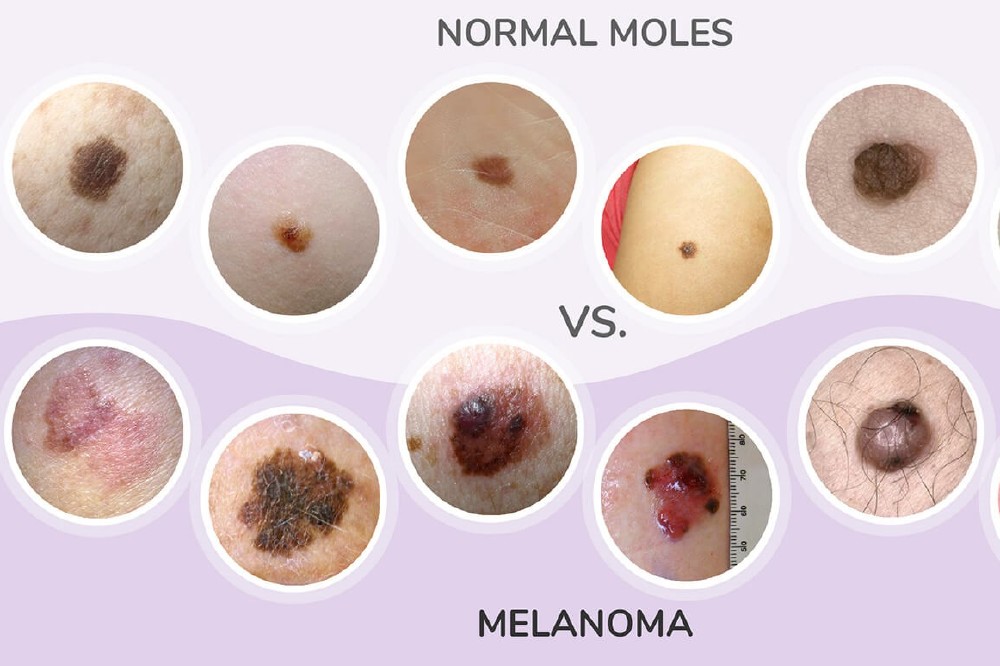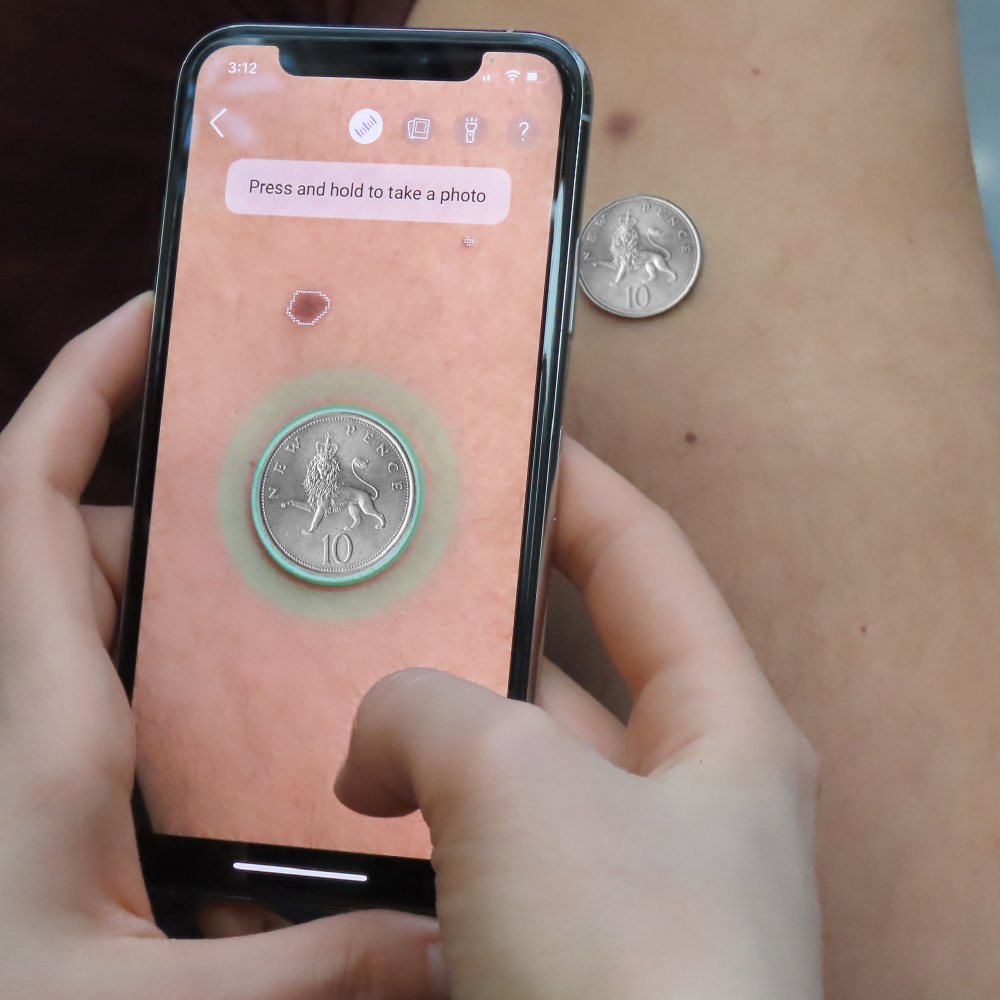Skin cancer is one of the UK’s most common types of cancer and experts warn of the importance of being aware of changes to your own skin - but would you know what warning signs to look for?

We hear from a dermatologist, a skin tracking app founder and a woman who is sharing her skin cancer story after a shock new year diagnosis.

Staying aware of skin changes
Dr Anton Alexandroff, consultant dermatologist and British Skin Foundation spokesperson, explains: “Skin cancer is the most common cancer in the UK, and melanoma is skin cancer’s most dangerous form. Remembering to regularly check your skin is important – particularly during the winter when we tend to be more covered up wearing warm clothes and less likely to inadvertently spot a warning sign.
“The first sign of a melanoma is often a new mole or a change in the appearance of an existing mole – it usually isn’t painful, so you might not notice it if you don’t have a good awareness of your own skin. Most skin cancers can be cured if detected early though, and advances in consumer technology mean it’s easy to track changes, so you can seek medical advice if you spot something concerning.”
Jon Friis is the founder and CEO of the Miiskin app, which helps people track changes to their skin, including existing and new moles. Miiskin works with the British Skin Foundation to help raise awareness of the importance of self-examination of the skin. Jon said: “Changes in the size or colour of moles aren’t always easy to notice, particularly when a mole is in a hard-to-spot area like the back.”
The ABCDE checklist can help you look for signs of melanoma:
- Asymmetrical – two halves do not match and are an irregular shape
- Border – an uneven border, notched or ragged
- Colour – colour could be uneven (such as brown/black/red shades) or changing
- Diameter – lesions bigger than the size of a pencil eraser (6mm+) have a higher risk of being melanoma
- Evolving – one of the most important signs is a change to an existing mole or a new lesion evolving
Carrie’s skin cancer story
Carrie from Essex was diagnosed with melanoma in the new year of 2018 after spotting changes to a mole on her back. She was lucky to catch it when she did and is sharing her story to raise awareness.
“I was doing my hair in the mirror and half turned away to check it when I saw the mole on my back had changed colour. I had no other symptoms, but I knew I should get it checked out,” Carrie explained.
“My GP examined it and called in another doctor for a second opinion – when they said it looked like malignant melanoma, I was so shocked. Things moved quickly from there. I received a hospital appointment letter the following day.
“I was told yes it is cancerous and had been beginning to spread. After the surgery, I was under the department for two years and I had no reoccurrences, but need to regularly check my own skin so I can spot anything that needs to be checked out by a doctor.
“When I was at the hospital, I read about the Miiskin app and downloaded it to keep a photo record of changes to my skin using my phone. I have an alert set to take photos every month – so I can seek advice from my GP early if I notice any worrying changes.
“I never expected that I would get skin cancer. My advice would be to keep an eye on your skin, so you’re aware if there are changes happening that you need to get checked out.”

If you spot anything concerning, contact your GP for advice.
For more information, visit www.britishskinfoundation.ork.uk or www.miiskin.com
----
Written by Laura, who you can follow on Twitter at @LauraJadeC20
RELATED: Kidney Cancer Awareness Week: Seven things you need to know about kidney cancer (femalefirst.co.uk)
Tagged in Health Skin Cancer

